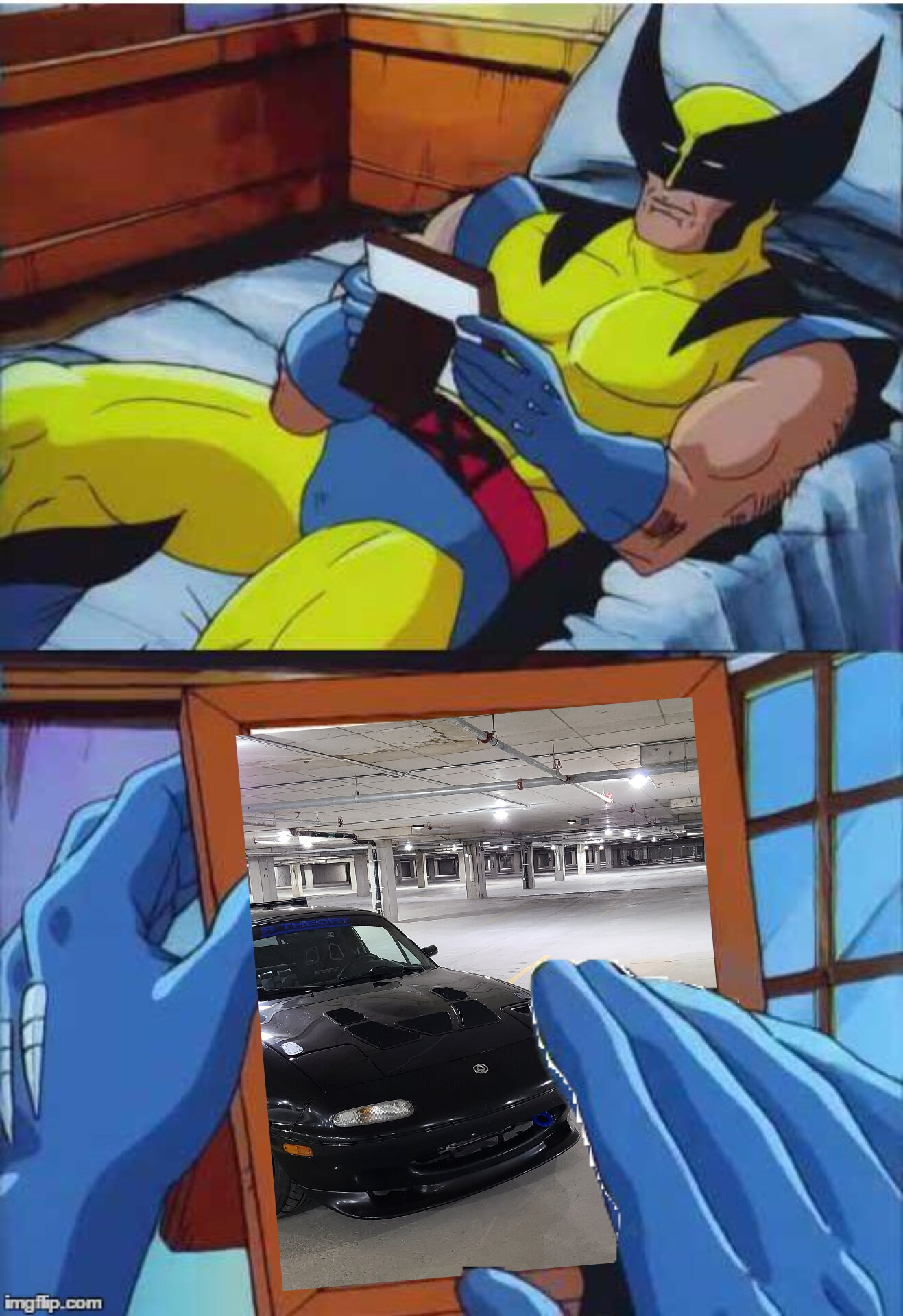The Miata has captured the hearts of automotive enthusiasts worldwide with its nimble handling, timeless design, and pure driving experience. In this post, we'll guide you through the steps to building the perfect Miata that reflects R Theory Motorsport’s style and driving preferences.
Selecting the ideal Miata gen sets the foundation for your build. Whether it's the NA, NB, NC, or ND--all offer unique characteristics and potential for customization. Consider budget, desired features, and availability when making your choice.
Once you get past that, start with maintenance and safety first. Make sure your Miata is up to date with maintenance, especially the brakes before you begin building. Stock rotors with an aggressive pad are usually good until around 250 whp. Be sure to flush your fluids and run high temp brake fluid if you are tracking. Once you decide you need more stopping power, there are a lot of big brake upgrades to choose from. Don’t forget those stainless steel lines!
The next step in safety would be rollover protection.Say NO to style bars! A proper roll bar will not only save your life, it helps make the chassis more rigid too.
After maintenance and safety, handling should be addressed. Door bushings and frame rail braces make a huge difference to the car prior to touching suspension. We like adjustable coilovers on our cars and in a different post, we will share with you the best proven alignment specs. Don’t forget to test and tune with sway bars and endlinks.
When it comes to wheels and tires, we like the idea of choosing the correct setup for your power level and needs. 195s will feel like it accelerates faster but 205s will have better grip. 15x7 is enough for anything under 200 whp but beyond that, you might want to look at 15x8 or 15x9 and 225 wide tires.
The interior is all up to you--lots of aftermarket options for steering wheels, shifters, and seats. We like a spartan minimalist interior, because race cars.
This brings us to power. An ND needs nothing, maybe some bolt ons and a tune. NA through NC has a lot of options though! From the proven turbo setups, to 2.5L Ford swaps, to my personal favorite--a K-series swap. The world is your oyster! Just make sure you have a good radiator, intercooler, and cooling setup for when things get hot.
Finally, with power comes the need to hold your car down to the ground. A limited slip differential is essential for this, as well as aerodynamic parts such as a front splitter and wing for the hardcore guys and gals. At this point you might want to look into other parts that decrease drag like smaller mirrors, fender and hood vents, as well as diffusers.
We hope you enjoyed this blog entry! As always, we’d love to hear your comments so feel free to chime in below!
















